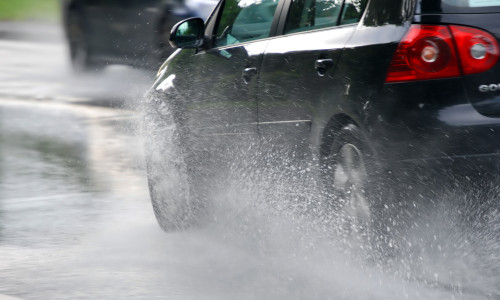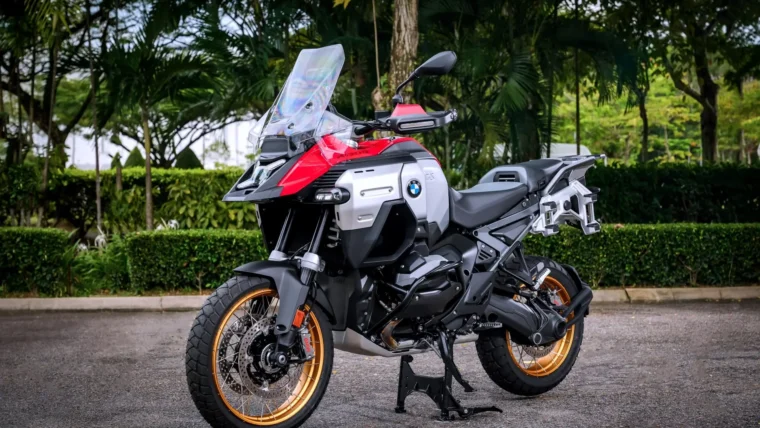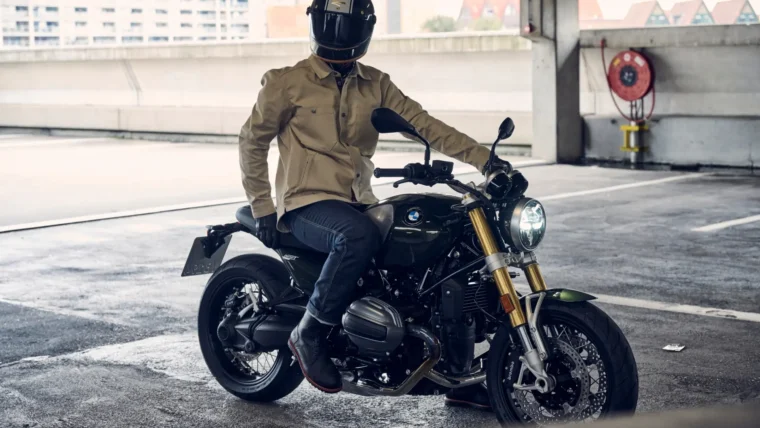Folks, for some reason the weather has decided to go just a little bit nuts. Baking hot one moment, and coming down in buckets the next. The problem is, many drivers do not adjust their driving habits between dry weather driving and wet weather driving, and sometimes the results can be catastrophic, as seen in this video captured from a highway CCTV camera in Klang yesterday. Keep your eye on the upper left corner…
https://www.youtube.com/watch?v=2siG3yOU6rw
In retrospect the MPV was very lucky it didn’t go over the railing, and it’s a good thing the falling railings didn’t hit a biker, just a car. Here’s a couple of pointers to adhere to when it suddenly starts raining when you’re driving:
1. Reduce your speed – But please do it gradually! Don’t hit your brakes the moment it starts raining, and there’s no need to slow to a crawl either, just maintain a decent speed around 20kmh less than the posted speed limit.
2. Double your distance – The general 3-second rule should be increased to 6, which means there should be at least a 6-second gap between you and the car in front.
3. Light rains are worse – Yes, it’s hard to believe but a drizzle is worse than a downpour when it comes to driving or riding. The reason is simple, oil floats on water and a drizzle is enough to bring oil to the surface, but not strong enough like a downpour to wash it away, so it stays there.
4. Beware of corners – This is a biking trick actually, despite corners having the same texture as regular asphalt, a lot of commercial vehicles tend to spill oil as they go around corners. You can sometimes see this ‘black’ line of oil tracing the outside of a corner, but it becomes invisible in the wet.
5. Make sure your tyres are okay – We can’t stress enough the importance of this. Even in dry conditions your tyres are already working hard to keep your vehicle on the straight and narrow, so it becomes even harder in the wet. As it is, traction would be diminished by up to 40% in the wet as opposed to dry, and that percentage increases dramatically with worn-out tyres. Pressures should be checked regularly as dry/wet/cold/hot conditions do affect pressures.
(Main photo credit: www.lb-law.com / Video Credit: Tv14 via YouTube)
Other posts by Chris Wee








